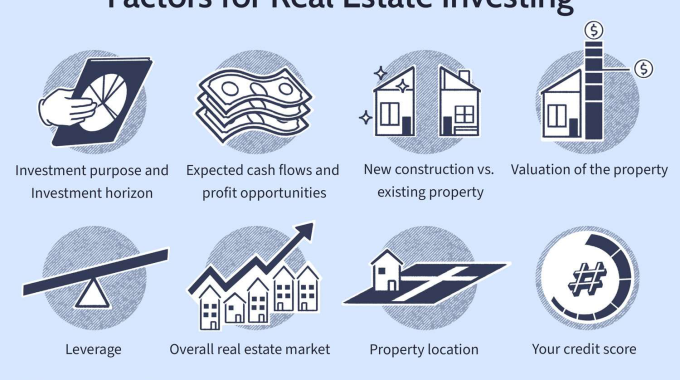The Real Estate Investor’s Playbook: Strategies to Evaluate Deals

Real estate remains one of the most lucrative and stable forms of investment. Making informed decisions and understanding what you’re buying is key to success in this field. This guide outlines the fundamental strategies for appraising different types of real estate investments to make sure you are getting value.
Understanding Different Types of Real Estate
Real estate investments can vary significantly, each with its unique characteristics and potential returns. The primary types include residential properties (like single-family homes and apartments), commercial properties (such as office buildings and retail spaces), industrial properties (including warehouses and manufacturing facilities), and land development projects.
The Income Approach to Real Estate Valuation
A cornerstone in real estate evaluation, the income approach focuses on the potential income generation of a property. This involves calculating the Net Operating Income (NOI) of the property, which is the annual income generated minus operating expenses. The property value is then estimated based on its NOI and a suitable capitalization rate (cap rate), reflective of the risk and return expectations. Cap rates vary based on location, property type, and a variety of other factors.
Market Comparison Approach
This approach involves comparing the property with similar properties in the same area that have been recently sold. This comparison helps in determining the market value of the property, considering factors like location, property size, and features. When you hear your realtor mention “comps”, this is what they’re talking about.
Cost Approach
Useful for new developments or unique properties, this method estimates the cost of constructing a similar property from scratch, including land value and construction costs, minus depreciation. This approach is based on the principle of substitution, assuming a rational buyer would not pay more for a property than it would cost to build a similar one. It’s most applicable to new constructions or unique properties but less so for older properties due to the complexity of estimating depreciation.

Evaluating Location and Market Trends
Location is pivotal in real estate. Assessing the neighborhood, accessibility, infrastructure development, and future urban planning is crucial. Market trends, such as property price trends, rental yield trends, and occupancy rates, provide insight into the property’s potential for appreciation and income generation.
Assessing Risks
Every real estate investment carries its own set of risks. These include market risks, such as fluctuations in property values, and specific risks like property condition, tenant stability in rental properties, and environmental risks.
Legal and Regulatory Compliance
Ensuring that the property complies with all legal and zoning requirements is essential. This includes a clear title, adherence to building codes, and understanding any property-specific regulations.
Financing and Cash Flow Analysis
Assessing how to finance the investment and the implications on cash flow is crucial. This involves evaluating mortgage options, interest rates, and the investment’s impact on your overall financial portfolio.
Real estate investment can be highly rewarding, but it requires a comprehensive evaluation approach. Whether it’s a residential property for rental income, a commercial space for business leasing, or a land development project, the key is in-depth analysis and strategic planning.
